In the 20th century, artists experimented with new ways to represent reality in their work. Building from the innovations made by the Impressionists in the late 19th century, Modern artists played with line, shape and color to offer their own take on traditional subjects like wildlife and portraiture. Charley Harper was one of these artists. Working in a style he called “minimal realism,” Harper used a combination of basic shapes in vibrant colors to depict animals, insects and nature scenes throughout a career that began in the late 1940s.
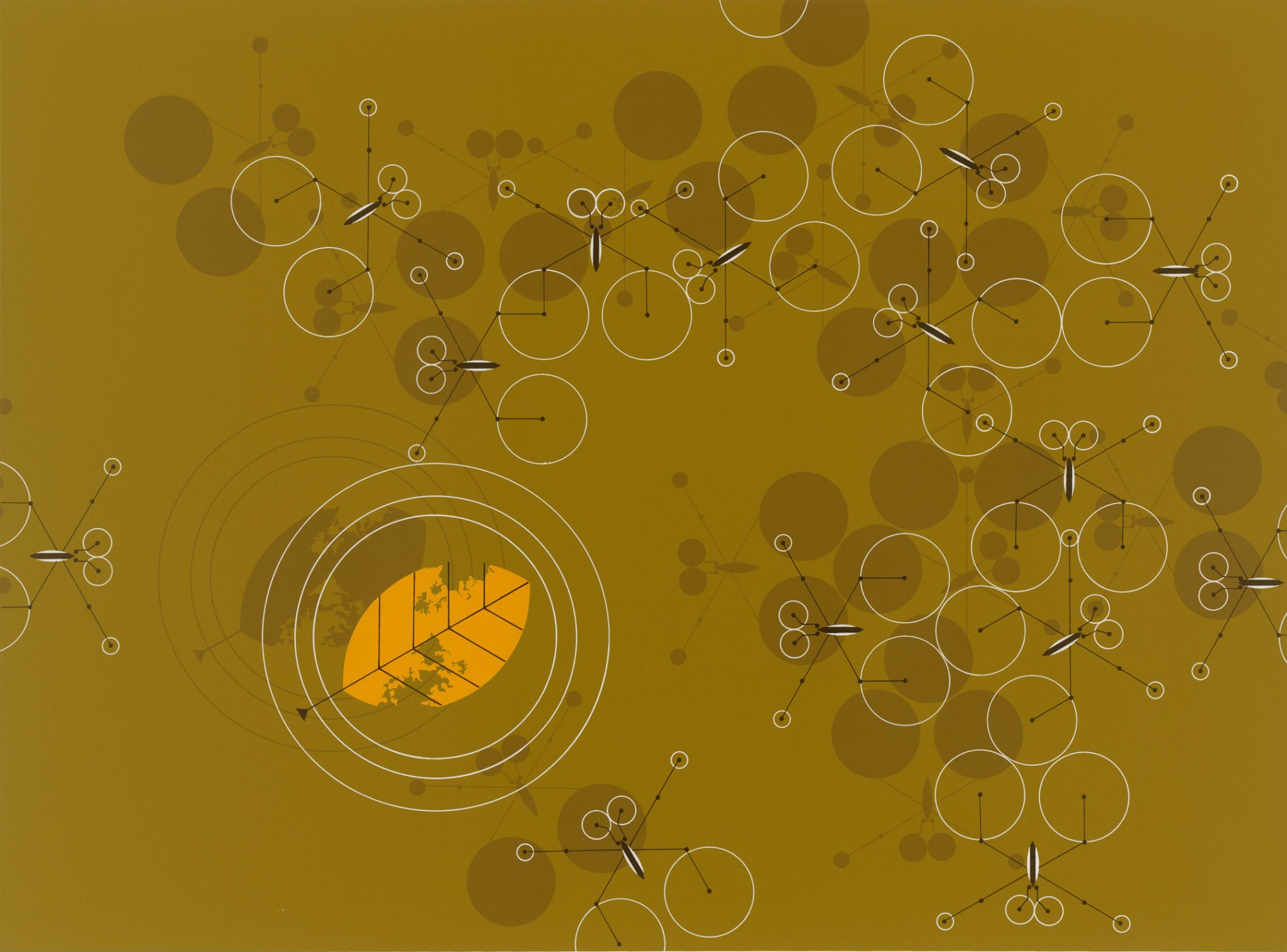
“When I look at a wildlife or nature subject, I don’t see the feathers in the wings, I just count the wings,” Harper once said to describe his style. “I see exciting shapes, color combinations, patterns, textures, fascinating behavior and endless possibilities for making interesting pictures. I regard the picture as an ecosystem in which all the elements are interrelated, interdependent, perfectly balanced, without trimming or unutilized parts; and herein lies the lure of the painting; in a world of chaos, the picture is one small rectangle in which the artist can create an ordered universe.”
Harper was born in Frenchtown, West Virginia, in 1922. He moved to Ohio in 1940 to study at the Art Academy of Cincinnati and soon met Edie McKee, a fellow art student who would later become his wife. Harper’s studies were interrupted by World War II, when he was drafted into service. He returned to school after the end of the war, graduating in 1947 and marrying Edie shortly thereafter.
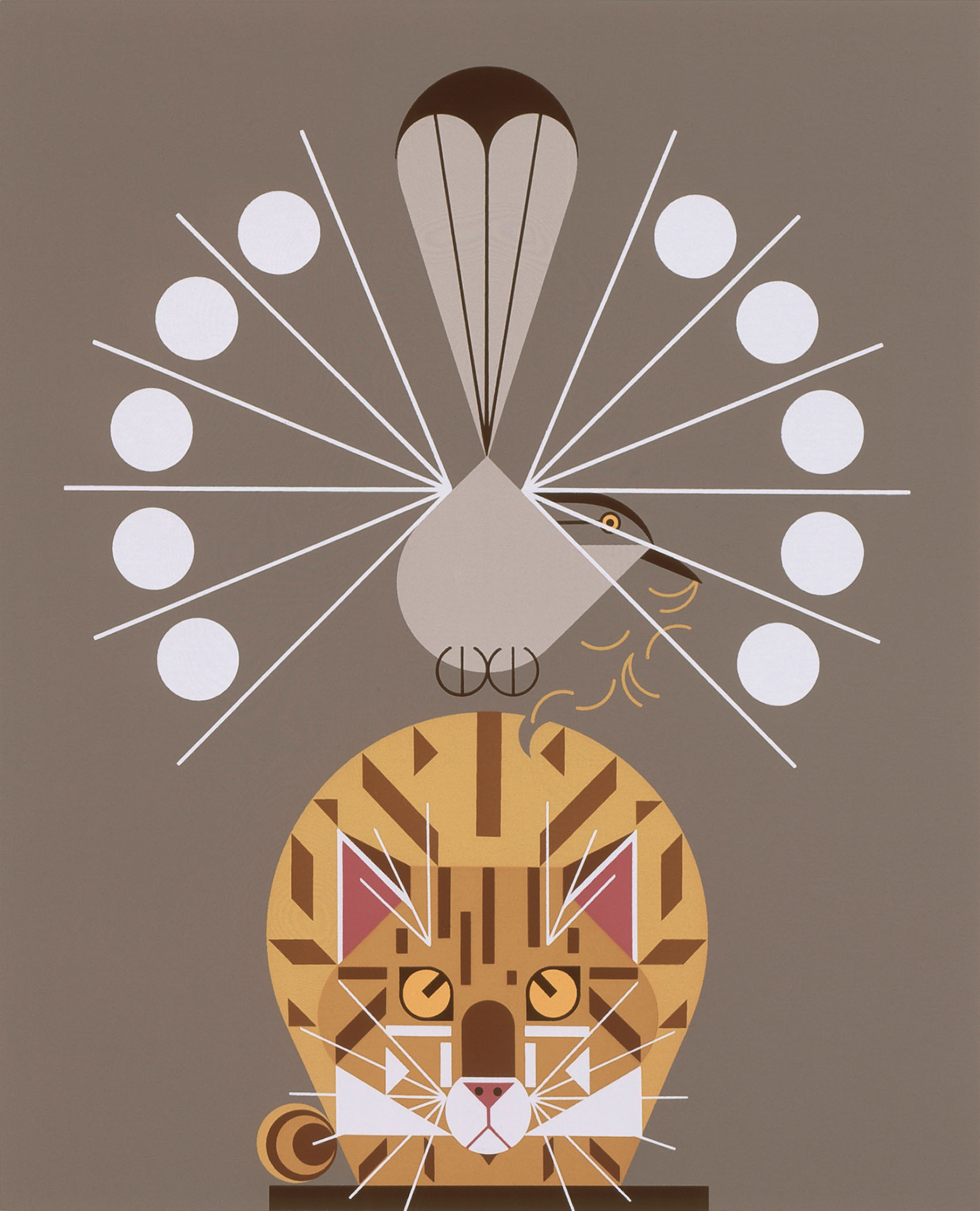
Following graduation, Harper taught at the Art Academy and worked for a commercial firm before launching his studio. His clients ranged from the Ford Motor Co., which featured his illustrations in the Ford Times, to the U.S. National Park Service. Limited runs of some of those original illustrations were sold by the artist for $3.95 and now fetch thousands at auction. His work could also be found in a variety of books, including Betty Crocker’s Dinner for Two, and public spaces, like the convention center in Cincinnati.
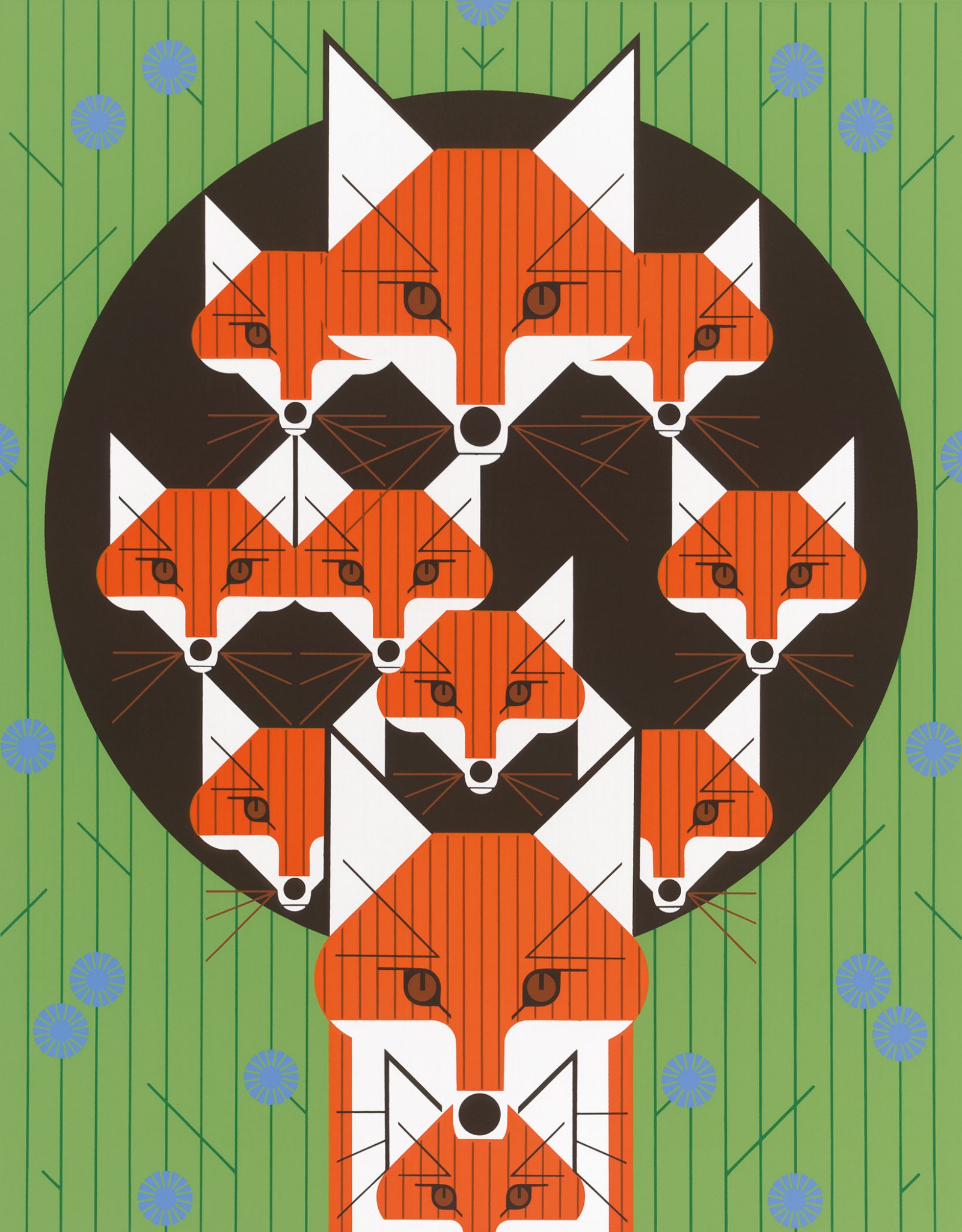
With its bold, geometric take on nature themes, Harper’s work perfectly fitted the modern era.
“I don’t know that he was inspired by what other people were doing at midcentury, if there was even a style for him to draw from,” son Brett Harper told AR editor Sarah Jane Stone. “You see, he was in the milieu of that time, creating it, not reacting to it. I would say he was more inspired by artists like Klee, Gwathmey, Shahn, Picasso, Miro.”
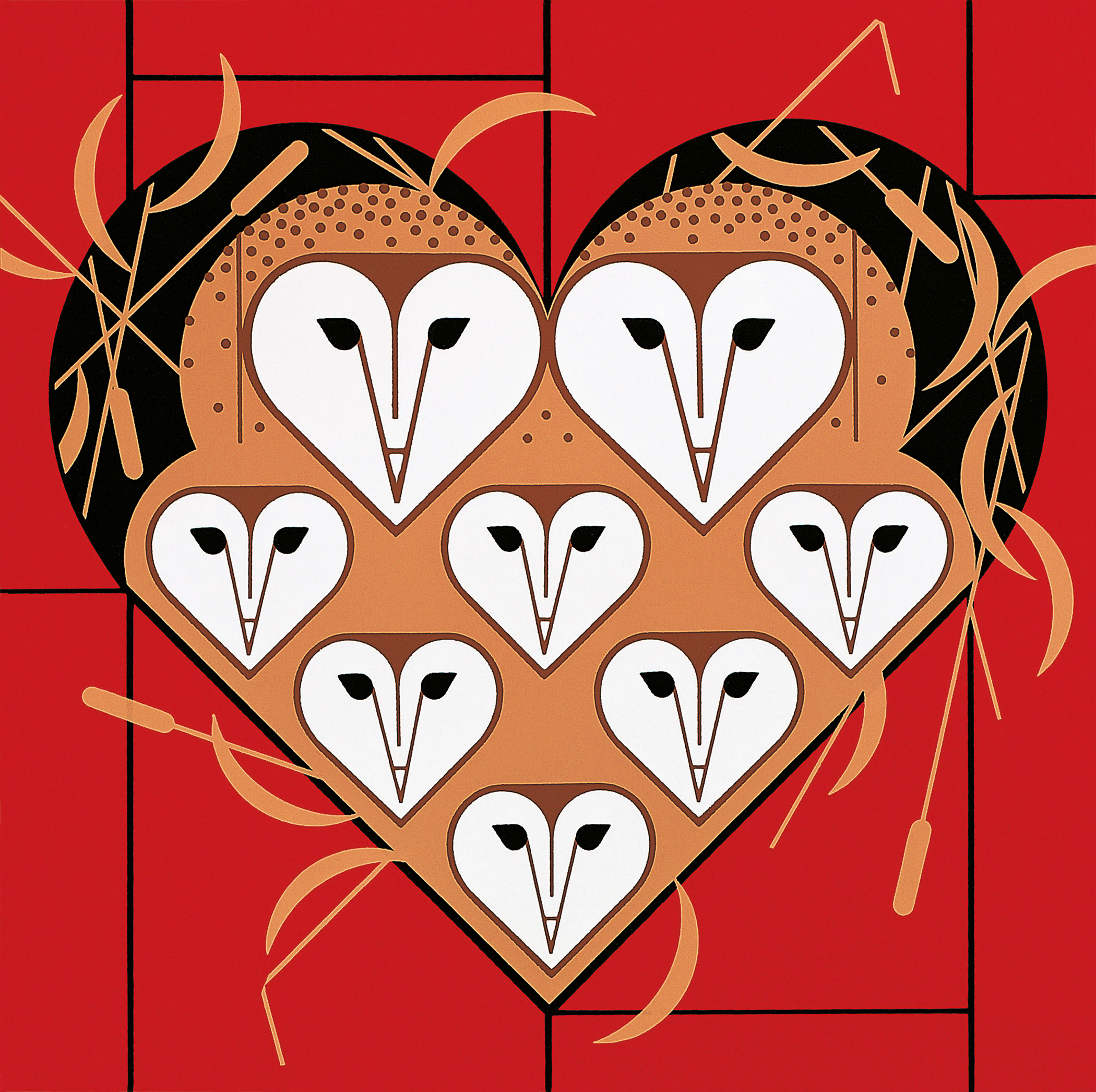
Harper died in 2007. His son, Brett, manages the Charley Harper Art Studio, which partners with publishers and brands including Land of Nod to share the artist’s work with new generations.
Learn more about Charley Harper in The Design Issue!
Whether it’s for the low-down on your favorite iconic designers to expert insight on furniture design, Atomic Ranch‘s second newsstand-only special issue, The Design Issue, is a must-have for your coffee table, bedside table or Petal table! Order this extra-large issue online today.

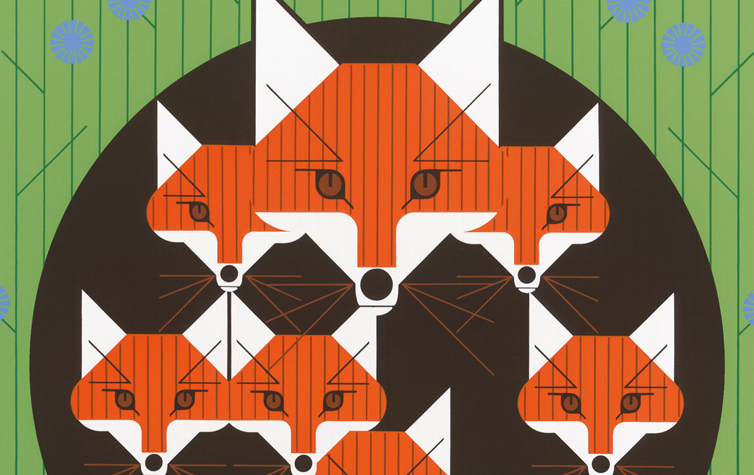
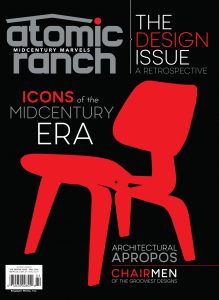












1 comment